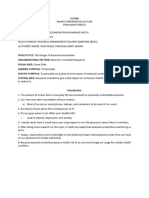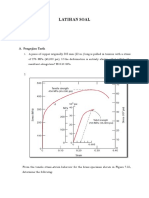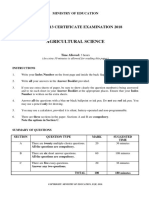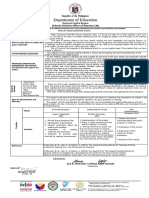0% found this document useful (0 votes)
147 views19 pagesHow To Reduce Your Screentime
This document discusses developing a healthy screen time routine. It covers understanding the negative impacts of excessive screen use, setting goals to reduce screen time, creating a structured routine with limits on device use, and engaging in screen-free activities to achieve a balanced lifestyle.
Uploaded by
mamatapatasani10Copyright
© © All Rights Reserved
We take content rights seriously. If you suspect this is your content, claim it here.
Available Formats
Download as PDF, TXT or read online on Scribd
0% found this document useful (0 votes)
147 views19 pagesHow To Reduce Your Screentime
This document discusses developing a healthy screen time routine. It covers understanding the negative impacts of excessive screen use, setting goals to reduce screen time, creating a structured routine with limits on device use, and engaging in screen-free activities to achieve a balanced lifestyle.
Uploaded by
mamatapatasani10Copyright
© © All Rights Reserved
We take content rights seriously. If you suspect this is your content, claim it here.
Available Formats
Download as PDF, TXT or read online on Scribd
/ 19























































































